Solar Wall Mount Lights: Longevity and Climate Performance
In the realm of sustainable lighting, solar wall mount lights have emerged as a versatile and eco-friendly solution for illuminating outdoor spaces. These fixtures, powered by the sun’s renewable energy, offer homeowners and businesses an opportunity to enhance security, aesthetics, and functionality while reducing energy costs. However, questions about their battery lifespan, durability, and performance in different climates often arise. This article delves into these critical aspects, providing a comprehensive guide to understanding how solar wall mount lights perform over time and across various environmental conditions.
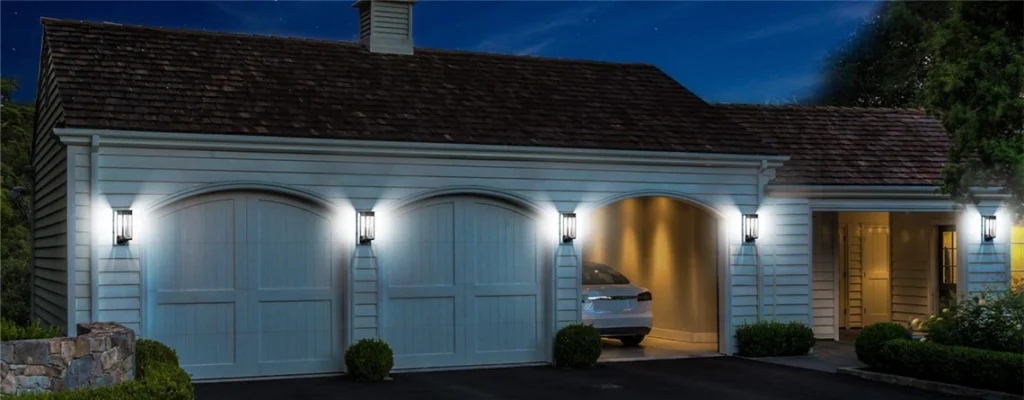
Understanding Solar Wall Mount Lights
Solar wall mount lights operate by harnessing sunlight through photovoltaic (PV) panels, which convert solar energy into electricity stored in rechargeable batteries. This stored energy powers LED bulbs, delivering illumination without reliance on traditional electrical grids. Their design makes them ideal for areas lacking electrical infrastructure, such as remote gardens, pathways, or building exteriors. The appeal of these lights lies in their low maintenance, cost-effectiveness, and environmental benefits. However, their performance hinges on factors like solar panel efficiency, battery quality, and material durability.
Battery Lifespan: The Heart of Solar Lighting
The battery lifespan of solar wall mount lights is a primary concern for consumers, as it directly impacts the longevity and reliability of the lighting system. Most high-quality solar lights utilize lithium-ion or nickel-metal hydride (NiMH) batteries, with capacities typically ranging from 600mAh to 2000mAh. A battery with a higher mAh rating, such as 2000mAh, can provide 10-12 hours of illumination after a full charge, compared to 4-6 hours for a 600mAh battery Sigma Earth, March 30, 2024.
The average lifespan of these batteries is approximately 5-7 years, though this varies based on usage patterns and environmental conditions. Regular charging cycles, exposure to extreme temperatures, and the quality of the battery management system all influence longevity. For instance, Bitpott solar lights, equipped with a 3.7V/1.85WH battery, are designed to offer up to 12-14 hours of illumination after a full charge, showcasing robust battery lifespan for outdoor applications Amazon Canada, 2025. To maximize battery life, users should ensure proper placement of solar panels in direct sunlight and avoid over-discharging the battery.
Durability: Built to Last
The durability of solar wall mount lights is a key factor in their appeal, particularly for outdoor use where exposure to the elements is inevitable. High-quality lights are constructed with weather-resistant materials such as stainless steel, aluminum, or UV-resistant plastics, ensuring they withstand rain, snow, and UV radiation. The Ingress Protection (IP) rating, such as IP65, indicates a light’s resistance to dust and water, making it suitable for harsh conditions Amazon Canada, 2025.
For example, Bitpott’s solar pathway lights feature thicker, high-transparency lampshades, enhancing both durability and light output. These design choices make them more resilient than standard models, capable of enduring frost, sleet, and heavy rain. Regular maintenance, such as cleaning solar panels to remove debris or snow, further enhances durability by ensuring optimal solar panel efficiency YINGHAO, January 8, 2024.
Performance Across Different Climates
The performance in different climates is a critical consideration for solar wall mount lights, as environmental conditions significantly affect their functionality. In sunny climates, such as those found in Mediterranean or tropical regions, solar lights thrive due to ample sunlight, achieving solar panel efficiency rates of 15-20% for monocrystalline panels and 13-16% for polycrystalline panels YINGHAO, January 8, 2024. These conditions allow for consistent charging and reliable nighttime illumination.
In contrast, regions with frequent cloud cover or prolonged rainy seasons, such as parts of Northern Europe or Southeast Asia during monsoons, pose challenges. Solar lights may experience a 40-50% reduction in efficiency during overcast conditions, requiring larger battery capacities or backup power solutions YINGHAO, January 8, 2024. In cold climates, such as those in Canada or Russia, snow accumulation on panels can hinder performance. Regular cleaning and angling panels to prevent snow buildup are essential maintenance practices.
Desert environments, with intense heat and dust, test the durability of solar wall mount lights. High temperatures can accelerate battery degradation, reducing battery lifespan by up to 20% if not properly managed Analog Devices, 2024. Opting for lights with advanced thermal regulation and dust-resistant coatings can mitigate these effects, ensuring consistent performance in different climates.

Factors Influencing Longevity and Performance
Several factors influence the longevity and climate performance of solar wall mount lights:
- Quality of Components: High-quality PV panels, such as monocrystalline silicon, offer superior solar panel efficiency and longevity, often lasting 20 years or more YINGHAO, January 8, 2024. Similarly, premium LED bulbs and batteries enhance overall system reliability.
- Installation and Placement: Proper installation, with panels facing direct sunlight and minimal shading, maximizes energy capture. Adjustable mounts can optimize panel angles based on seasonal sun paths.
- Maintenance Practices: Regular cleaning of panels and periodic battery checks can extend battery lifespan and maintain durability. For instance, removing snow or dust ensures consistent solar panel efficiency.
- Climate Adaptation: Selecting lights with appropriate IP ratings and battery capacities for specific climates enhances performance in different climates. For example, IP65-rated lights are ideal for wet environments, while high-capacity batteries suit areas with limited sunlight.
Innovations Enhancing Solar Wall Mount Lights
Recent advancements have further improved the durability and battery lifespan of solar wall mount lights. Smart battery management systems (BMS), such as those developed by Analog Devices, monitor and optimize battery performance, extending lifespan by preventing overcharging or deep discharging Analog Devices, 2024. Additionally, innovations in solar panel efficiency, such as bifacial panels that capture sunlight from both sides, are increasing energy output even in low-light conditions.
Motion sensors and smart controls also enhance energy efficiency by activating lights only when needed, preserving battery life. These features are particularly beneficial in urban settings, where solar wall mount lights are used for security and aesthetic purposes. For instance, Bitpott’s auto on/off feature ensures energy conservation, making them a practical choice for long-term use Amazon Canada, 2025.
Practical Tips for Consumers
To ensure optimal performance and longevity, consumers should consider the following when selecting solar wall mount lights:
- Check Battery Specifications: Opt for lights with high-capacity batteries (e.g., 2000mAh) for extended battery lifespan and illumination time.
- Evaluate IP Ratings: Choose lights with at least an IP65 rating for superior durability in adverse weather conditions.
- Consider Climate Needs: Select monocrystalline panels for sunny regions or high-capacity batteries for cloudy areas to ensure reliable performance in different climates.
- Prioritize Brand Reputation: Established brands often provide better quality and after-sales support, ensuring long-term reliability.
Conclusion
Solar wall mount lights offer a sustainable and cost-effective lighting solution, but their battery lifespan, durability, and performance in different climates are critical to their success. By choosing high-quality components, ensuring proper installation, and performing regular maintenance, users can maximize the longevity and efficiency of these lights. Innovations in battery management and solar panel efficiency continue to enhance their reliability, making them a viable option for diverse applications. Whether illuminating a garden in a temperate climate or a pathway in a harsh desert environment, solar wall mount lights provide a robust and eco-friendly lighting solution for the future.

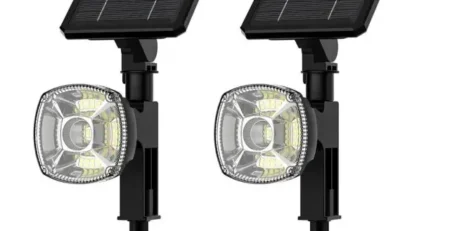

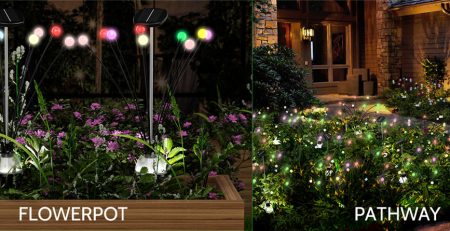
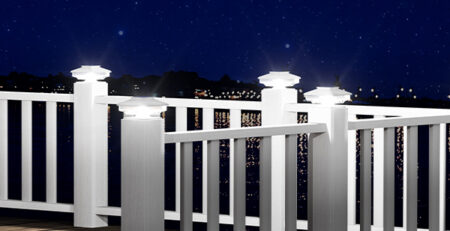
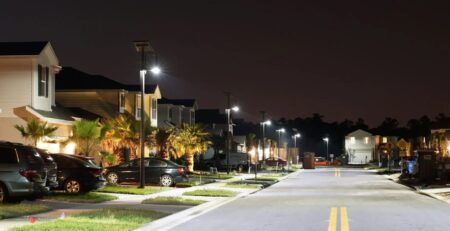
-1-450x231.webp)


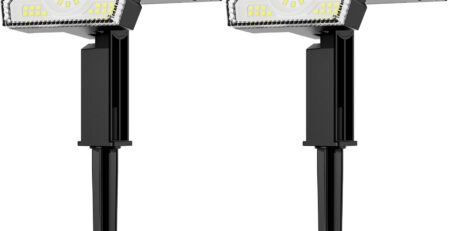
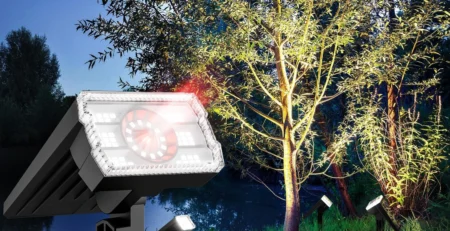
Leave a Reply